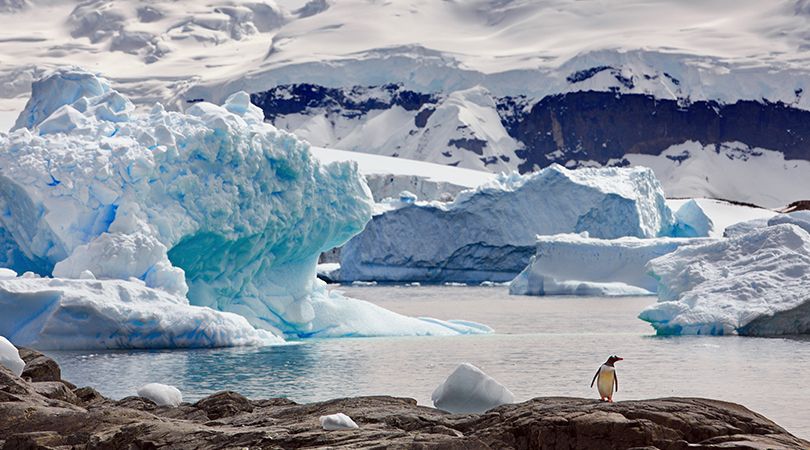In what may be a global first, one of the most recognizable melodies in the world will ring out across the ice sheets of Antarctica this New Year as Catherine McMichael and Joyce Terry, visiting the southernmost continent, perform “Auld Lang Syne” on handbells.
Flanked by icebergs and dotted with penguins, Antarctica is one of the least accessible places on earth, with vast stretches of icy terrain between the sea and the South Pole. For those in the Western Hemisphere, it may be reached by ship from Tierra del Fuego, the very tip of South America shared by Chile and Argentina, from which Mses. McMichael and Terry launch on December 30, 2023.

Image: Catherine McMichael, left, and Joyce Terry hike the island of Gozo in the Maltese archipelago, completing the perimeter over five days in May 2023. Courtesy: Catherine McMichael.
Leaving their husbands behind, the duo will reach the ice shelf just in time to ring in a frosty New Year. The trip has been in the works since the pair first discussed adventuring south at the annual Distinctly Bronze, a ringing and learning event for advanced handbell musicians, this last February.
For the occasion, six pieces have been arranged for eight bells, with both women responsible for four bells. Each are bringing half a diatonic octave of baby bells, G6–G7, with the additional F#7. All pieces in the repertoire are in the key of C or G and will be rung four-in-hand. Should the waddling penguins desire a performance program, the pieces are:
- Auld Lang Syne
- Plain Hunt Peal, adapted
- For the Beauty of the Earth
- Joy to the World
- My Country, 'Tis of Thee
- Jingle Bells
“Auld Lang Syne” is a globally-recognized tune based on a poem written by Scottish poet Robert Burns in 1788. It is traditionally sung to bid farewell to the old year on New Year's Eve. With the performance in Antarctica, bells will be ringing “Auld Lang Syne” across all seven continents this year during the 2024 National Bell Festival.
Cover image: A gentoo penguin (Pygoscelis papua) emerges from the icy waters onto a rocky outcrop in Antarctica.

